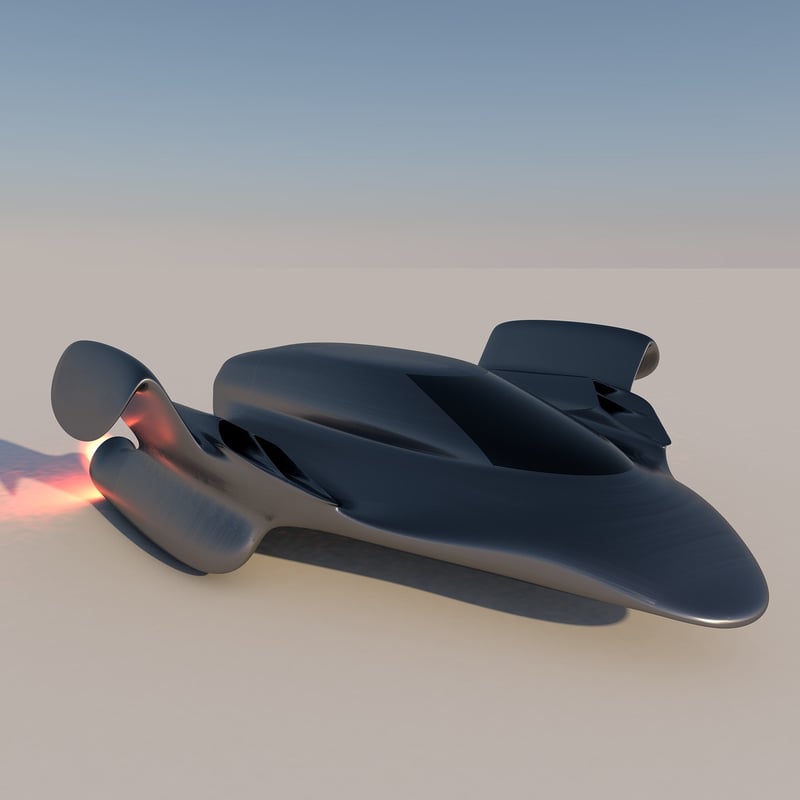Temporal Displacement
The Science Behind Time Travel and Temporal Displacement
Time travel has been a popular topic in science fiction for decades, but is it possible in reality? Let's delve into the fascinating science behind time travel and temporal displacement.
Understanding Time
Time is a fundamental aspect of the universe that governs the sequence of events. According to Einstein's theory of relativity, time is not constant but can be influenced by factors like gravity and speed.
Einstein's Theory of Relativity
Albert Einstein's theory of relativity, particularly the concept of time dilation, forms the basis for the possibility of time travel. Time dilation suggests that time can be experienced differently for two observers depending on their relative velocity and gravitational fields.
Wormholes and Black Holes
One theoretical way to achieve time travel is through the use of wormholes. Wormholes are hypothetical tunnels that connect two separate points in spacetime, potentially allowing for shortcuts through space and time.
Temporal Displacement
Temporal displacement refers to the shifting of an object or person through time without the need for a physical vehicle. While theoretical at this point, the concept has captured the imagination of many scientists and enthusiasts.
Challenges and Paradoxes
One of the major challenges of time travel is the potential for paradoxes such as the grandfather paradox, where a time traveler could prevent their own existence. Resolving these paradoxes is one of the key hurdles in making time travel a reality.
Conclusion
While time travel remains a theoretical concept with many challenges, the science behind it is a fascinating field of study that continues to captivate researchers and science fiction enthusiasts alike.

For more information on the science behind time travel, you can explore Space.com's article on time travel.
